Select and preview Filling out Balance Sheet Templates online. Obtain a form appropriate to your situation, edit and eSign it, and securely send it with your associates and banks.

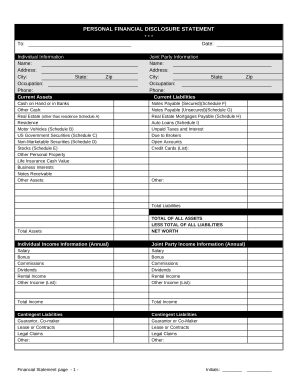
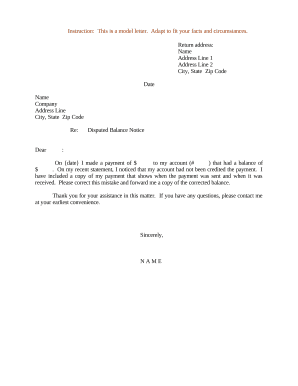


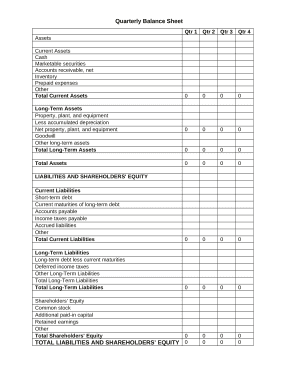
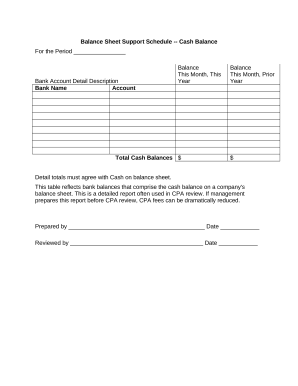



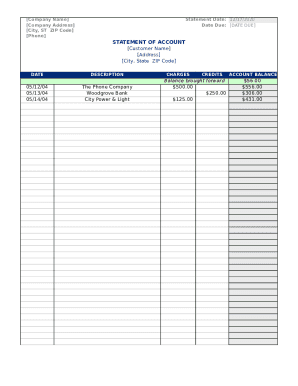
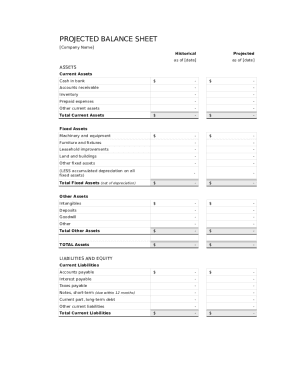



Boost your document administration with our Filling out Balance Sheet Templates collection with ready-made templates that suit your requirements. Access your document, alter it, fill it, and share it with your contributors without breaking a sweat. Start working more effectively with your forms.
How to use our Filling out Balance Sheet Templates:
Explore all of the opportunities for your online document administration with our Filling out Balance Sheet Templates. Get a totally free DocHub profile today!